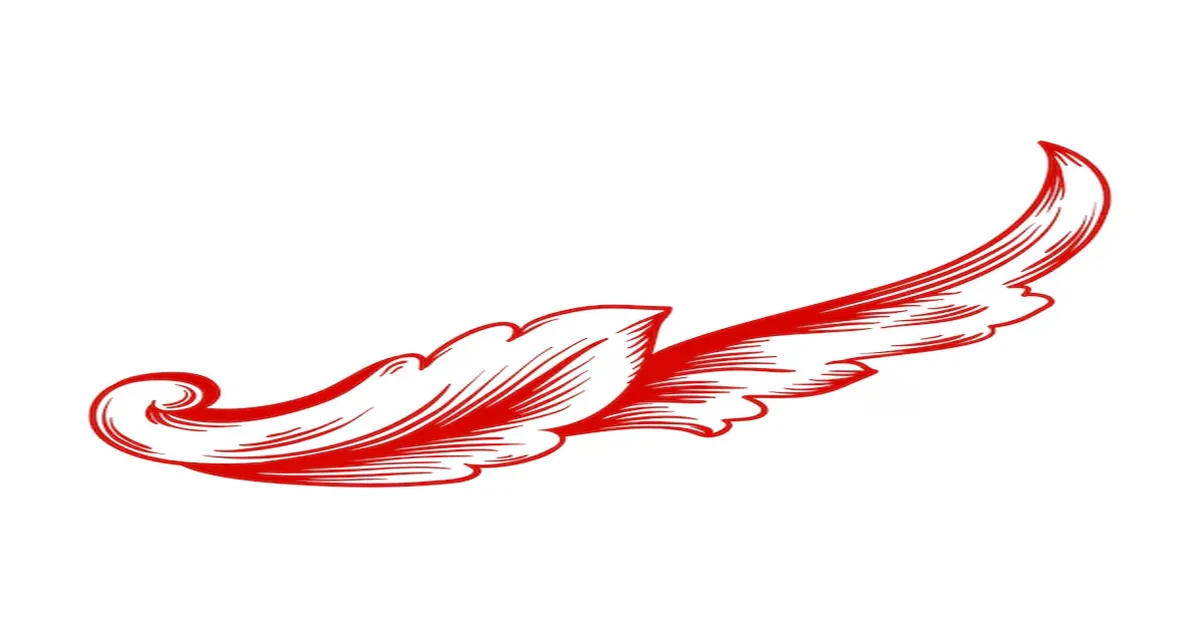A phoenix tattoo is more than just an artistic statement—it’s a symbol of transformation, resilience, and rebirth. The legendary phoenix, a mythical bird that rises from its own ashes, has captivated cultures for centuries, making it a powerful and meaningful tattoo choice. If you’re considering getting a phoenix tattoo, this comprehensive guide will help you understand its deep symbolism, explore design ideas, and choose the best placement for your body art.
The Meaning Behind Phoenix Tattoos
Symbolism and Significance
The phoenix is a mythical creature that symbolizes rebirth, immortality, and transformation. In various cultures, the phoenix represents:
- Resilience & Strength: Rising from adversity and overcoming challenges.
- Renewal & Rebirth: Letting go of the past and embracing new beginnings.
- Eternal Life & Immortality: A representation of continuous growth and reinvention.
- Balance & Harmony: The cycle of life, death, and renewal.
Cultural Interpretations
Different civilizations have their own interpretations of the phoenix:
- Ancient Egyptian Mythology: The Bennu bird, linked to the sun god Ra, symbolized creation and renewal.
- Greek Mythology: The phoenix burned itself every 500 years and was reborn from its ashes.
- Chinese Mythology: The Fenghuang represents high virtue, grace, and prosperity.
- Japanese Culture: The Hou-ou is a symbol of peace and justice.
Popular Phoenix Design Ideas
Phoenix tattoos come in various styles, sizes, and artistic interpretations. Here are some of the most sought-after designs:
1. Traditional Tattoos
This style features bold outlines, bright colors, and classic imagery, often influenced by Japanese or old-school tattooing techniques.
2. Realistic Phoenix Tattoos
A hyper-detailed version that resembles a lifelike bird, often using intricate shading and vibrant hues to create depth.
3. Watercolor Phoenix Tattoos
A modern artistic approach with splashes of watercolor effects, creating a fluid and unique aesthetic.
4. Black & Grey Phoenix Tattoos
For a more subtle and timeless look, black and grey ink can highlight the phoenix’s intricate details.
5. Minimalist Phoenix Tattoos
Small, simple, and elegant line-art designs, often placed on the wrist, neck, or behind the ear.
6. Geometric Tattoos
Blending modern geometric elements with the phoenix’s natural form, adding a contemporary and symbolic twist.
7. Tribal Phoenix Tattoos
Using bold, black tribal patterns, these designs emphasize cultural significance and personal strength.
Best Placements for a Phoenix Tattoo
Placement plays a crucial role in how a tattoo looks and feels. Here are the best spots to consider:
Large Tattoos (Highly Detailed)
- Back: Ideal for large, elaborate phoenix designs with expansive wings.
- Chest: A bold statement piece, symbolizing personal transformation.
- Thigh: Provides a large canvas for intricate artwork.
Medium-Sized Tattoos
- Forearm: Easily visible and great for showcasing artistic details.
- Calf: Works well for vertical designs with a balanced flow.
- Shoulder Blade: A versatile location for movement-based designs.
Small & Minimalist Tattoos
- Wrist: Discreet yet meaningful.
- Ankle: A delicate spot for elegant phoenix artwork.
- Behind the Ear: Subtle but symbolic.
Color Choices for Phoenix Tattoos
The phoenix is often associated with fiery colors, but variations exist:
- Traditional Colors: Red, orange, and yellow for a flame-like effect.
- Cool-Toned Phoenix: Blue and purple hues for a mystical look.
- Black & Grey: A classic and timeless aesthetic.
- Rainbow Phoenix: A multicolored bird representing diversity and transformation.
How to Choose the Right Tattoo Artist
Since a phoenix tattoo involves detailed linework and shading, selecting the right tattoo artist is crucial. Follow these tips:
- Check Their Portfolio: Ensure they specialize in the style you want.
- Read Reviews: Look for positive client feedback and testimonials.
- Consultation: Discuss design, placement, and aftercare with the artist.
- Hygiene Standards: Choose a reputable studio with high sanitation standards.
- Pricing & Time: Large and intricate tattoos take longer and cost more, so plan accordingly.
Phoenix Tattoo Aftercare Tips
Proper aftercare ensures your tattoo heals correctly and retains its vibrancy:
- Keep the tattoo clean and moisturized with a recommended healing ointment.
- Avoid direct sunlight and swimming for at least 2-3 weeks.
- Do not pick at scabs or scratch the tattooed area.
- Follow your artist’s aftercare instructions strictly.
Conclusion: Is a Phoenix Tattoo Right for You?
A phoenix tattoo is a timeless symbol of rebirth, strength, and resilience. Whether you prefer a bold, colorful design or a subtle, minimalistic style, this tattoo carries a deep meaning that can represent your personal journey. Take your time to research designs, consult with a skilled tattoo artist, and choose a placement that complements your vision.
Frequently Asked Questions (FAQs)
1. Does a Phoenix Tattoo Have to Be Large?
No, phoenix tattoos can be small and minimalistic or large and detailed. The choice depends on personal preference and placement.
2. How Much Does a Phoenix Tattoo Cost?
Pricing depends on the size, design complexity, and artist’s experience. Expect anywhere from $100 to $500+ for smaller tattoos and $800 to $3000+ for large, intricate pieces.
3. Does a Phoenix Tattoo Hurt?
Pain levels vary based on placement. Areas with more bone (ribs, spine, ankle) tend to hurt more than fleshy areas (thigh, upper arm).
4. Can a Phoenix Tattoo Be Customized?
Yes! A skilled tattoo artist can add elements like flowers, skulls, flames, or personal symbols to make it unique.
5. What Does a Phoenix Tattoo Say About a Person?
It often symbolizes strength, resilience, and a journey of transformation. Many people get phoenix tattoos after overcoming significant life challenges.
Ready to get inked? Find a trusted tattoo artist and bring your phoenix to life today!









